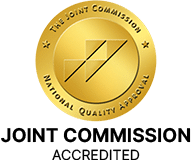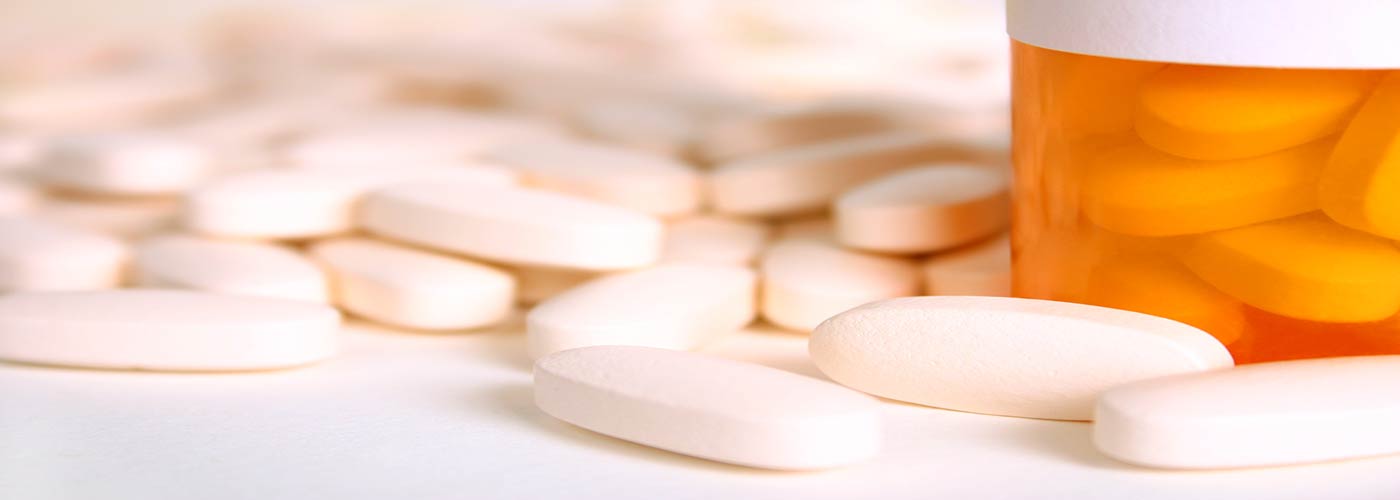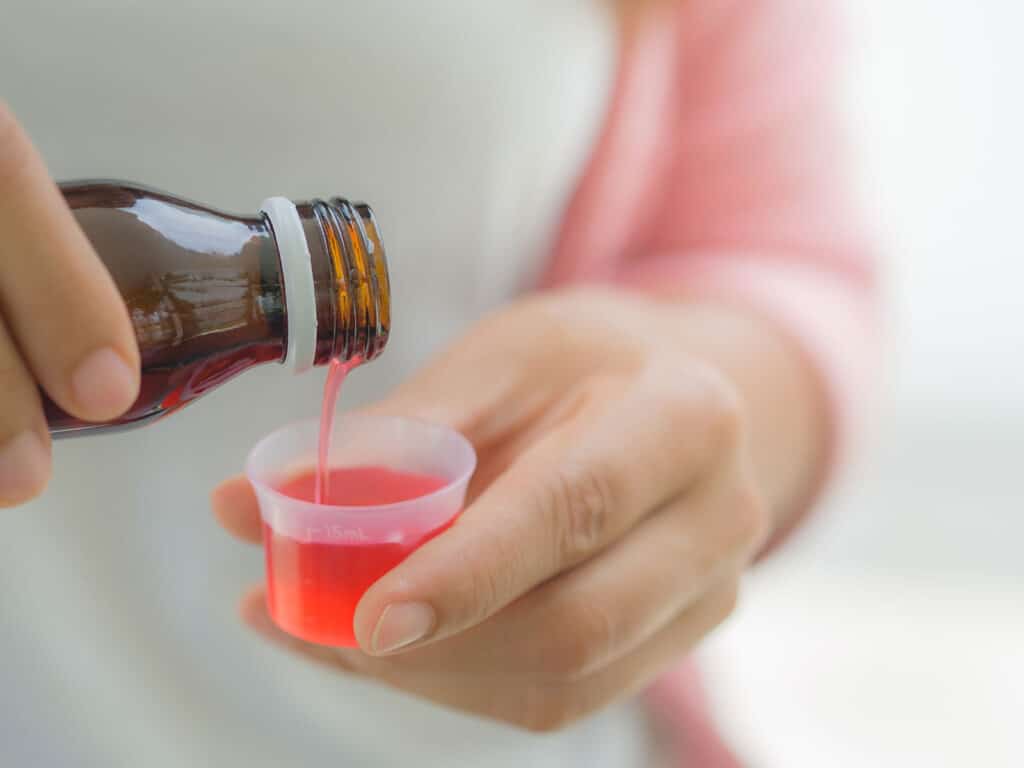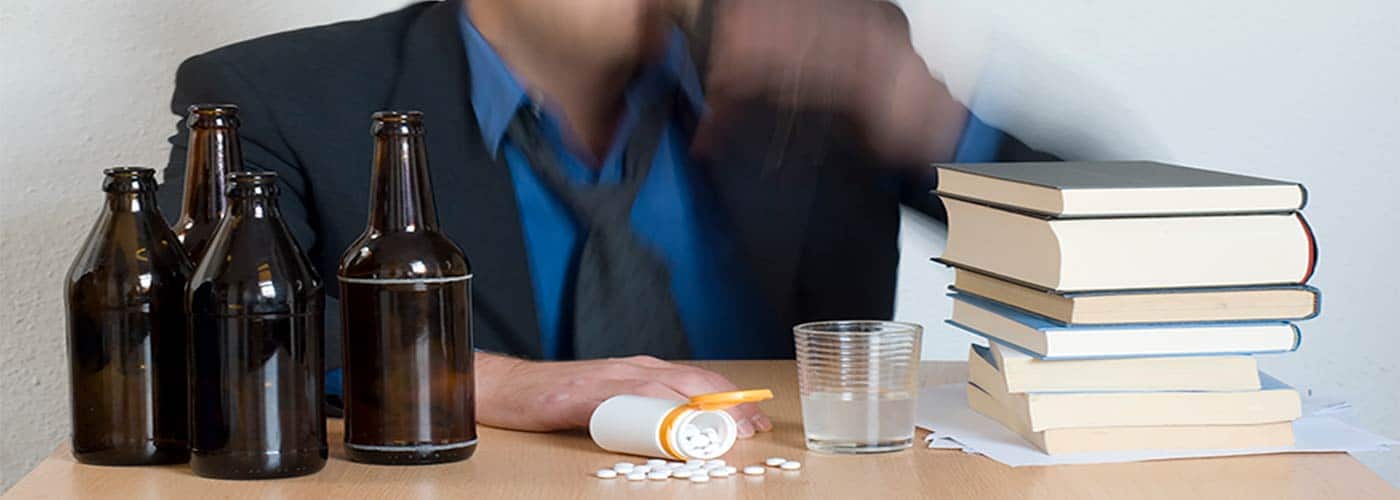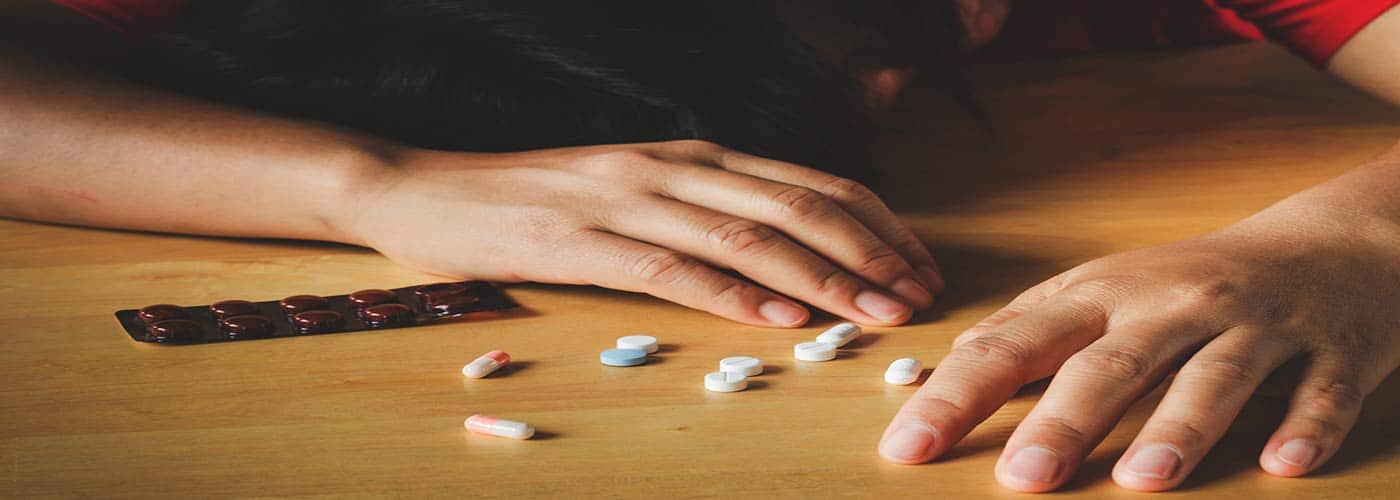When people think of paying a lot for drugs, they typically pay large amounts for illegal substances like cocaine, which can be pretty pricey. However, the ten most expensive drugs in the United States are all prescription medications. According to an article published by Becker’s Hospital Review, the most expensive drug in the United States is Zolgensma, a drug used to treat spinal muscular atrophy.
People who require this medication pay over $2 million a year out of pocket. After this medication, Zokinvy is the most expensive, costing those who need it over $1 million every year.
Zolgensma As a The Most Expensive Legal Drug in The World
Unfortunately, major pharmaceutical companies monopolize on the needs of people with rare illnesses who require medication to survive. What makes these medications so expensive, and are there any alternatives that people in need can reach if they are in lower or middle-income brackets? Zolgensma does not currently have any alternatives.
It is used to treat a rare motor neuron disease that leaves children with a slim chance of survival if they don’t have access to the medication before they turn two years old. This drug is only available in the UK, and it is roughly 1.7 million pounds for a single dose.
The Most Costly Illegal Drug on The Current Market
Of course, medications like this are an absolute necessity, and those who use them will never abuse them simply because they are so unobtainable and expensive. But which illegal drugs on the current market are the most costly, and which expensive drugs are abused the most frequently?

Drug Addiction Is a Very Expensive Habit
Even people who use easily accessed drugs and relatively easy to afford, like methamphetamine and crack cocaine, often find themselves in a very bad financial place. This is not only because the chemical substances themselves are expensive but also because people grappling with substance abuse disorders are rarely able to hold down a job and financially support themselves. As a result, they often resort to stealing money from relatives and friends, pawning valuables, and engaging in other illegal activities to support their habit.
The Most Commonly Abused and The Most Expensive Drug in The United States Is…
Interestingly enough, the most commonly abused and the most expensive drug in the United States (outside of the prescription medications we previously mentioned) is tobacco. The National Institute on Drug Abuse Found that tobacco costs American citizens roughly $295 billion every year. Outside of that, tobacco costs $130 billion alone in health care costs like cancer treatments and the treatment of emphysema and other smoke-related issues.
Alcohol As a Second The Most Expensive Drug in The Country
As one might imagine, the 2nd most expensive chemical substance throughout the country is alcohol, which costs Americans roughly $224 billion every year. Think about it. If you go to the bar and purchase three alcoholic beverages, you probably spend around $30 every time.
If you go to the bar 5 times a week, That’s roughly $150 that you would otherwise be saving. Prescription painkillers like oxycodone and hydrocodone also cost Americans a significant amount of money, including cocaine, marijuana, and heroin. If you have been struggling with a drug addiction of any type or severity and you take the time to do the math, you will be amazed at how much you spend on an annual basis.
Get Help For Drug Dependence at Recreate Life Counseling
At Recreate Life Counseling, we do more than provide our clients with a comprehensive addiction treatment program. We understand that active addiction strips people of their ability to control their finances adequately. We offer life skills training services that focus on budgeting and regaining financial independence. We take the time to show each of our clients how much money they will save long-term should they maintain sobriety.
Contact us today to learn more about our drug addiction recovery program or get started with our simple admissions process. We look forward to speaking with you soon and helping you get started on a path that is undeniably much better than the path you are on now.
FAQ
How do drugs compare in cost compared to drug rehab and jail time?
Published on: 2021-08-13
Updated on: 2024-04-18


